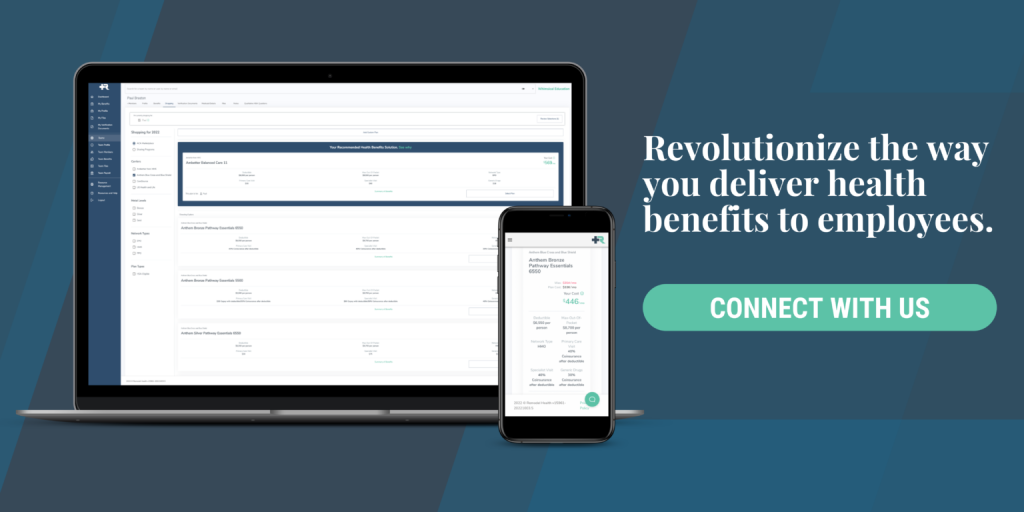In today’s dynamic business landscape, it is crucial for organizations to provide their employees with flexible and cost-effective healthcare options. One innovative solution that has grown rapidly is the Individual Coverage Health Reimbursement Arrangement (ICHRA). We’re here to walk you through the steps involved in setting up an ICHRA and shed light on the administrative requirements and best practices to ensure a smooth implementation.
What is an ICHRA?
The Individual Coverage Health Reimbursement Arrangement (ICHRA) is an employee benefits program that enables employers to reimburse employees for individual health insurance premiums and qualified medical expenses. It empowers employees to choose the healthcare coverage that best suits their needs while providing employers with a cost-effective way to support their workforce.
Steps Involved in Setting up an ICHRA
1. Evaluate Employee Eligibility
Determine which employees will be eligible for ICHRA. ICHRA allows employers to offer different classes of employees varying levels of reimbursement, so it’s important to define the classes and criteria for eligibility based on factors such as full-time or part-time status, geographic location, or job-specific qualifications.
2. Define Contribution Levels
Establish the maximum reimbursement amounts for each employee class. ICHRA provides flexibility to allocate different contribution levels based on various factors, allowing employers to tailor the reimbursement amounts to meet the specific needs of their workforce.
3. Communicate the Benefits to Employees
Thoroughly communicate the details of the ICHRA program to your employees. Explain the benefits, reimbursement process, and any important deadlines or documentation requirements. Clear and timely communication is essential to ensure employees understand the advantages of ICHRA and how to make the most of it.
4. Provide Employee Education
Offer resources and educational materials to help employees navigate the individual health insurance market and make informed decisions.

Administrative Requirements and Best Practices
1. Compliance with Regulations
Ensure compliance with all applicable laws and regulations governing ICHRAs, such as the Affordable Care Act (ACA) and Internal Revenue Service (IRS) guidelines. Partnering with an experienced ICHRA administrator can also help you navigate the complex regulatory landscape.
2. Documentation and Record-Keeping
Maintain accurate and detailed records of all ICHRA-related transactions, including reimbursements and employee enrollment information. Documentation should be readily accessible and organized to simplify auditing and reporting requirements.
3. Ongoing Program Management
Regularly review and update the ICHRA program to align with evolving employee needs and regulatory changes. Evaluate the effectiveness of the program, gather feedback from employees, and make necessary adjustments to ensure its continued success.
4. Employee Support and Engagement
Encourage employee engagement by offering regular educational sessions, webinars, or workshops to keep employees informed about their healthcare options and the benefits of ICHRA. Provide access to dedicated support channels where employees can seek guidance or resolve any issues they may encounter.
Implementing an ICHRA offers employers an opportunity to provide flexible healthcare benefits to their employees while managing costs effectively. By following the steps outlined above and adhering to administrative requirements and best practices, organizations can successfully set up and manage an ICHRA program that meets the unique needs of their workforce.
We want to help you and your team implement ICHRA! Connect with us to see how!

